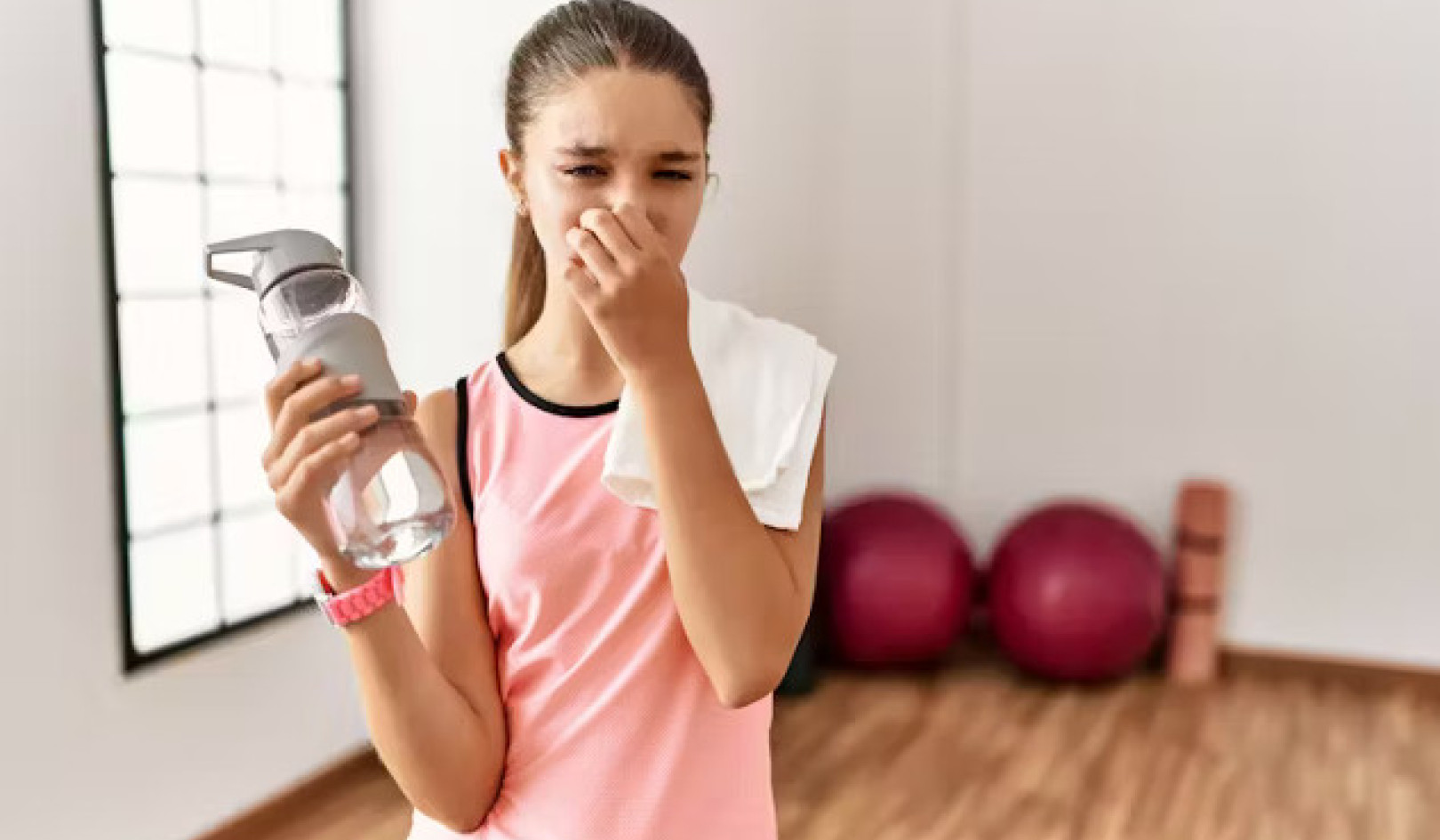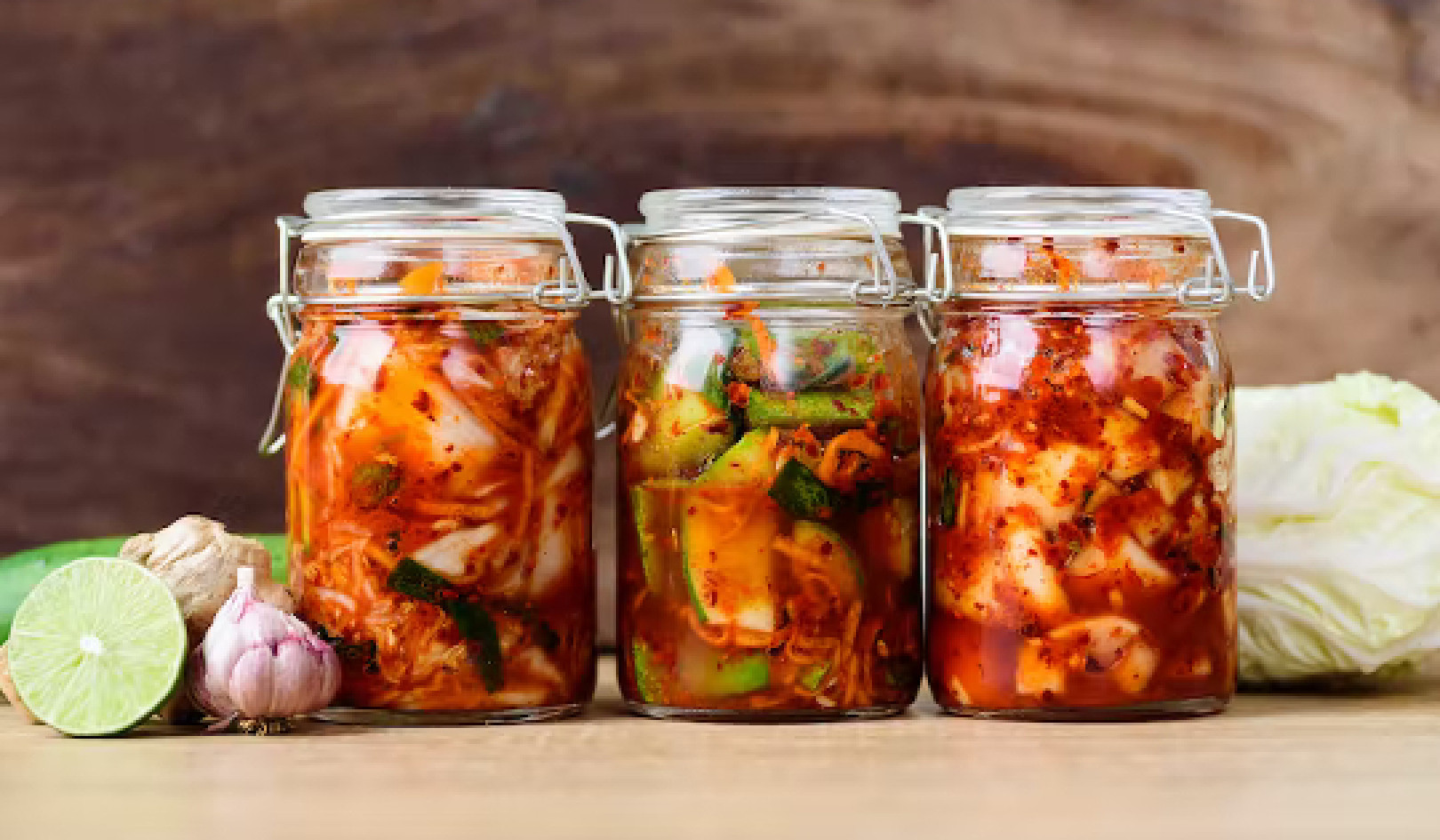
White Americans live on average 3.6 years longer than black Americans. If you look only at men, the difference becomes 4.4 years.
As I found in a recent study, the main reason behind this disparity is that black Americans are at higher risk of most chronic medical conditions, such as hypertension, obesity, heart disease, stroke and cancer than other racial and ethnic groups.
However, research suggests minority groups in the U.S. tend to be better off in terms of mental health than white Americans. Depression, anxiety and suicide, for instance, are more common among white Americans than black Americans.
Research, including work I have done with my colleagues at the University of Michigan, demonstrates that although white Americans are, on average, the “healthiest group,” they are also, on average, far less “resilient” than black Americans. It seems that vulnerability is a cost of privilege, and resilience comes as a result of adversity.
What do we mean by resilience?
We call a group “resilient” when it is healthy, given the level of exposures to a wide range of psychosocial risk factors. For instance, psychosocial adversities such as lower educational attainment are associated with increased mortality in general. But the effect is lower in some groups than others, so we would describe the groups where the effect is lower as more resilient.
White Americans seem to be more vulnerable to certain psychosocial risk factors for a wide range of physical and mental health outcomes compared to minority groups. In other words, they are less resilient – less able to successfully adapt to life tasks in the face of highly adverse conditions.
Across several studies using nationally representative samples of Americans, my colleagues and I have consistently found that white Americans are more vulnerable to the effects of risk factors such as low education, anger, depression, feeling of control over own’s life and other psychosocial factors on mortality.
Educational attainment influences mortality in different ways
Educational attainment is one of the main protective factors for our health. First, educational attainment leads to better jobs with better pay, and second, it develops our brain and behavior so we can make better decisions and live a healthier life.
For instance, research from Harvard and Yale has found that while those with more than a high school diploma can expect to live to 82, the life expectancy for those with 12 or fewer years of education is only 75.
In a study published in 2016, we used data from the Americans Changing Lives survey to follow 3,500 individuals for 25 years to compare the effect of low education on mortality risk based on race. Overall we found that when all other factors are controlled, having only a high school diploma is associated with 20 percent lower risk of mortality over 25 years compared to those without a high school diploma.
While low educational attainment was bad for everyone, the health effect was worse for white people than for black people. In the same study we found that the additional risk of mortality associated with low education is 30 percent larger for whites than blacks.
This echoes research Angus Deaton, the 2015 Nobel laureate in economics, and Anne Case published last year. They documented a marked increase in the all-cause mortality of middle-aged white men and women in the United States between 1999 and 2013.
This mortality increase was unique to non-Hispanic whites. In the same time period, mortality rates for other race and ethnic groups continued to fall. They also found that most of this increasing mortality rate for non-Hispanic whites was due to behavioral issues such as alcohol use, drug use and suicide. This change reversed decades of progress in mortality and was unique to the United States. Interestingly, the mortality increase was greatest among poorly educated white Americans.
Differences in how anger and depression affect health
Hostility and anger can predict cardiovascular mortality; a person who is angrier is more prone to heart problems, high blood pressure and stroke.
Again drawing on data from the Americans Changing Lives Survey, we followed more than 1,500 black and white adults for 10 years. The study used self-reported scales to measure anger and hostility. We found that each additional unit of anger and hostility was associated with more cardiovascular mortality in whites compared to blacks.
In another study using data from the same survey, my colleagues and I wanted to see if the level of depressive symptoms that the individuals experienced in 1986 could predict their risk of mortality over 25 years. Once we controlled for social class and physical health factors, we found that reporting more depressive symptoms in 1986 did in fact predict higher risk of subsequent mortality in 2011, but only for white participants. This harmful effect was not found among black participants in the survey.
This finding was replicated for mortality from kidney disease in a separate paper.
In another study we compared the number of chronic medical conditions such as hypertension, diabetes, lung disease, heart disease, cancer, stroke and arthritis that participants reported in 1986 to what they reported in 2011.
We found that having more depressive symptoms at the beginning of the survey predicted a greater increase in number of chronic medical conditions over the next 25 years only if the participant was white but not black.
In another study, we successfully replicated the same findings in a different sample, suggesting that these findings are stable and robust.
Self-rated health predicts mortality differently in whites than blacks
Past research has shown that asking patients to rate their own health is a very strong predictor of mortality. My colleagues and I wanted to see if poor self-rated health similarly predicts mortality risk for both black and white Americans. Again, using data from the Americans Changing Lives Survey, we observed that when someone feels that they are not very healthy, they are at higher risk for mortality.
However, this depends on race; feeling less healthy better predicted mortality among whites than whites.
In another study among elderly people, we found that with a decline in health status, people panic more about their death. This was also only true for whites, not blacks.
Beyond physical health, my colleagues and I have also found that the link between depression and hopelessness is stronger for whites than for blacks.
And in another study I found that while white men had the lowest number of stressful life events compared to white women, as well as black men and women, each stress had a larger effect on their depression.
And finally, we found that whether or not people feel that they are in control of their lives is associated with premature death, but the association was 50 percent stronger in white Americans than it was in black Americans.
What explains these differences?
Why are white Americans less resilient? One explanation is that, in general, they are not as prepared to cope with adversities because they have less experience dealing with them.
This lack of preparedness and experience with previous stressors may place whites at the highest risk of poor outcomes when life gets out of control. Minority groups, on the other hand, have consistently lived under economic and social adversities which has given them firsthand experience and ability to believe that they can handle the new stressors. For blacks a stressor is anything but new. They have mastered their coping skills.
Population groups differ in how resilient they are when they face stress and other adversities. This is relevant to a proverb that all of us have heard frequently: What does not kill you makes you stronger.
![]()
About The Author
Shervin Assari, Research Investigator of Psychiatry and Public Health, University of Michigan
This article was originally published on The Conversation. Read the original article.
Related Books:
at InnerSelf Market and Amazon






























